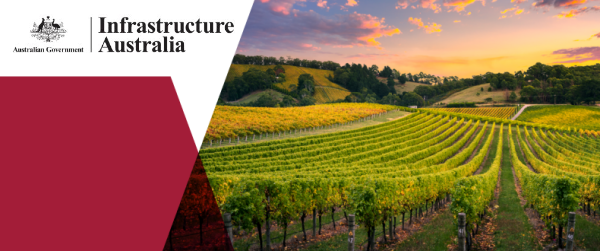
What are the strengths and opportunities for growth and investment in the Adelaide Hills, Fleurieu and Kangaroo Island region?
On 17 March, 2022, Infrastructure Australia released their national Regional Strengths and Infrastructure Gaps report, developed in partnership with 48 Regional Development Australia committees around Australia, including our own Adelaide Hills, Fleurieu and Kangaroo Island office.
This is the first time a report of this magnitude has been conducted solely on Regional Australia that localises each area’s strengths and opportunities. It provides a foundation of data, knowledge and community perceptions to support future infrastructure planning, decision-making and network governance across the country.
Col Murray, Chair, Infrastructure Australia
The report is a starting point to inform policy, planning and investment solutions for relevant stakeholders in each region.
We welcomed the opportunity to have input into the Regional Strengths and Infrastructure Gaps Report. The final report reflects the priorities of the Adelaide Hills, Fleurieu and Kangaroo Island region and we will continue to advocate to have infrastructure needs in the region recognised by Government.”
Damien Cooke, CEO and Director, Regional Development Australia Adelaide Hills, Fleurieu & Kangaroo Island
Consultation facilitated by RDA AHFKI found housing, freight and public transport to be the most significant infrastructure gaps identified by stakeholders. The report found many areas and towns are poorly connected and lack regularly scheduled public transport, highlighting a need for accessible intra-regional public transport infrastructure to support the high proportion of residents who work in the region.
Additionally, major investment will be required to build more housing to meet the future population profile in the region, which would also attract and retain a diverse and prosperous local community to generate economic activity within the region.
